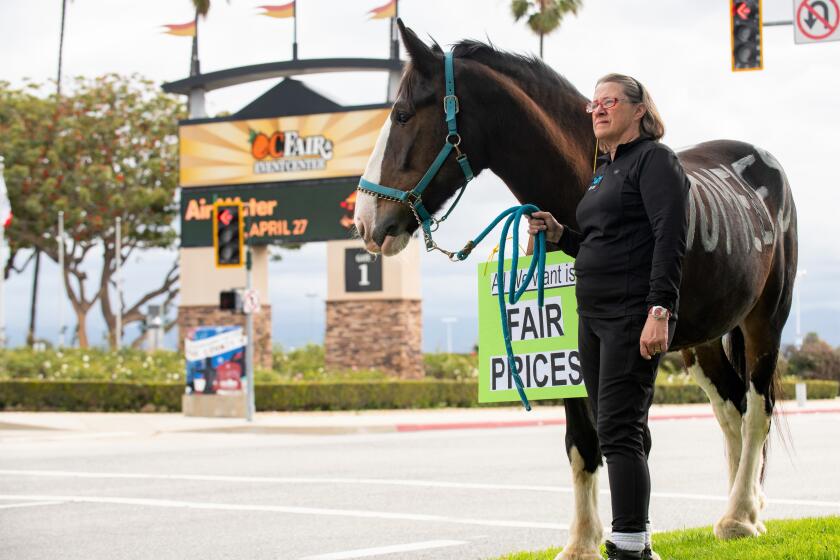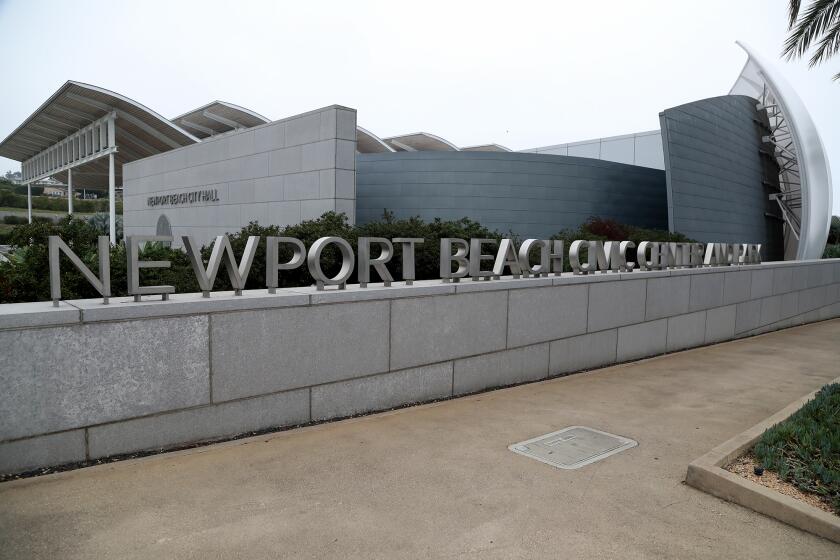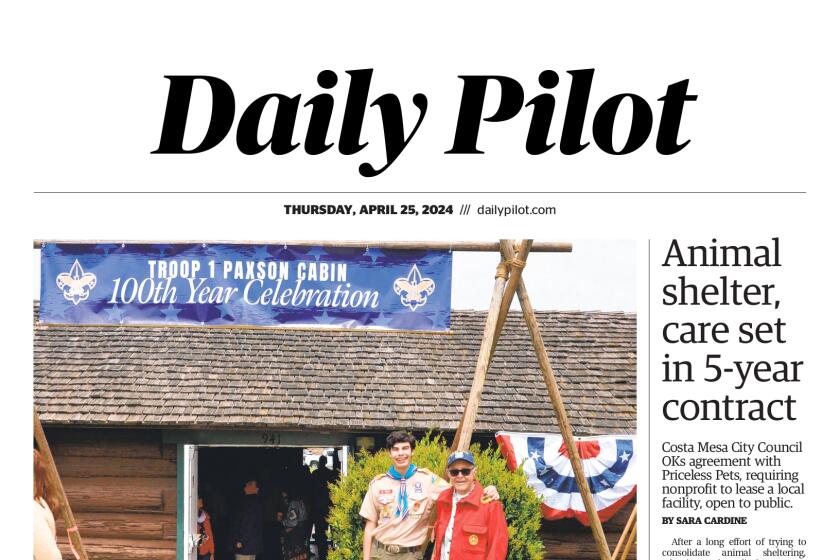Costa Mesa commission advances rules that would allow ‘granny flats’ in more areas
Costa Mesa planning commissioners endorsed new rules Monday that would allow accessory housing units, sometimes called “granny flats,” on smaller lots and in more areas than currently permitted.
The regulations — advanced on a 4-1 vote, with Commissioner Jeffrey Harlan opposed — are meant to bring Costa Mesa into compliance with state laws aimed at making it easier to develop supplemental units that, in theory, could help ease California’s housing shortage.
The final decision on the proposed rules rests with the City Council, which will take up the issue at a later date.
Despite moving the matter forward, some commissioners criticized what they called an onerous state mandate that could reshape the makeup of Costa Mesa’s single-family communities.
“This is completely rewriting our code and, essentially, Sacramento telling the people of Costa Mesa that we are going to have to shoulder more of the burden as far as housing is concerned,” said commission Chairman Stephan Andranian.
However, since the state allows cities some leeway to regulate certain aspects of accessory dwelling units, Vice Chairman Byron de Arakal said it’s important for Costa Mesa to adopt its own rules that can help maintain the character of local neighborhoods.
“I think this is a medium ground,” he said of the proposed regulations. “It’s not the best. I think it is reasonable enough to keep the jackals in the marble halls of Sacramento from coming down and hassling us.”
Under the commission’s recommendations, accessory units — which can be freestanding structures, attached to a home or fashioned out of existing space such as a garage or master bedroom — would be permitted on lots of at least 7,500 square feet in single-family areas.
That’s down from the current requirement of 8,500 square feet.
Costa Mesa currently doesn’t allow granny flats in multifamily residential areas, but the revised rules would allow them on lots of 6,000 to 7,260 square feet, as long as a parcel is already developed with a single home.
Accessory units that are fixed to a primary residence would be limited to no more than 50% of the existing living area — up to a maximum of 800 square feet.
Detached structures also would be capped at 800 square feet. Costa Mesa currently permits accessory units to be as large as 1,200 square feet.
All told, the recommended regulations would allow development of up to 3,895 accessory units in the city, according to city staff.
Commissioners and residents who spoke during Monday’s meeting seemed of two minds on the issue.
On one hand, some said accessory units could provide a much-needed and potentially cheaper housing source.
“Housing is a huge problem and we need units,” Harlan said. “To my mind, this is at least an attempt for us to encourage housing that we need — housing that people can probably afford.”
Still, in voting not to recommend the regulations, he said he feels city rules should make accessory units easier to develop.
On the other hand, some speakers favored more stringent standards to stave off what they feared could be an avalanche of granny flats, particularly in single-family areas.
Commissioner Carla Navarro Woods said accessory units can provide additional options for working families and multi-generational households.
“I definitely lean toward more flexibility because I think that’s the way the law was intended and I think that’s what we need,” she said.
She pointed out that Costa Mesa, being near the coast, is a desirable place to live and that the city will continue to need more housing.
Andranian said that although he understands the desire to provide affordable housing, he’s “not necessarily in agreement that this is the way to accomplish that, nor am I in agreement that it is the responsibility of Costa Mesa to provide housing for everybody who wants to live in a coastal zone.”
Twitter @LukeMMoney
All the latest on Orange County from Orange County.
Get our free TimesOC newsletter.
You may occasionally receive promotional content from the Daily Pilot.




